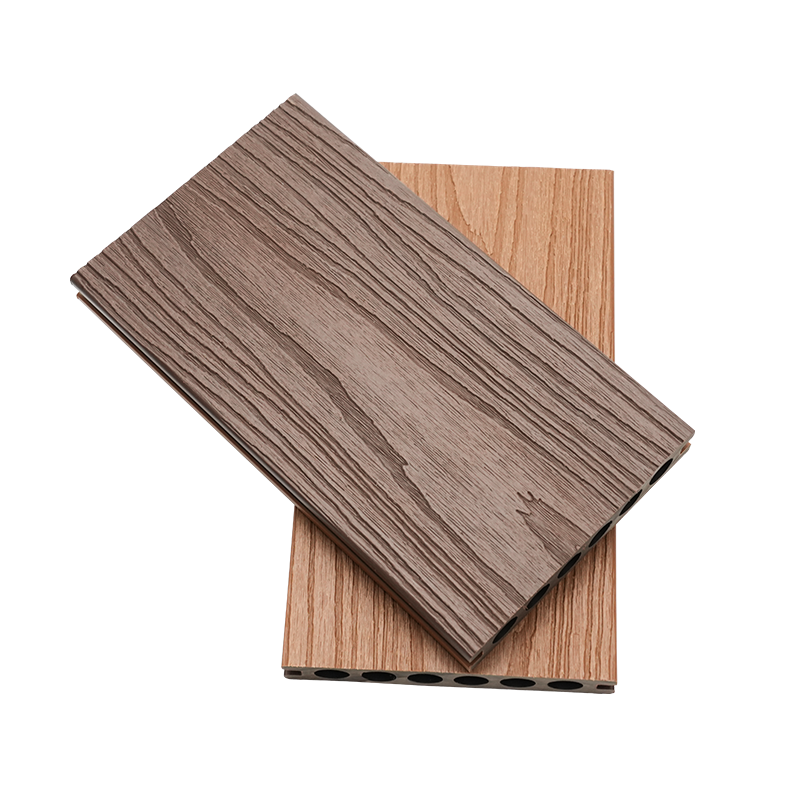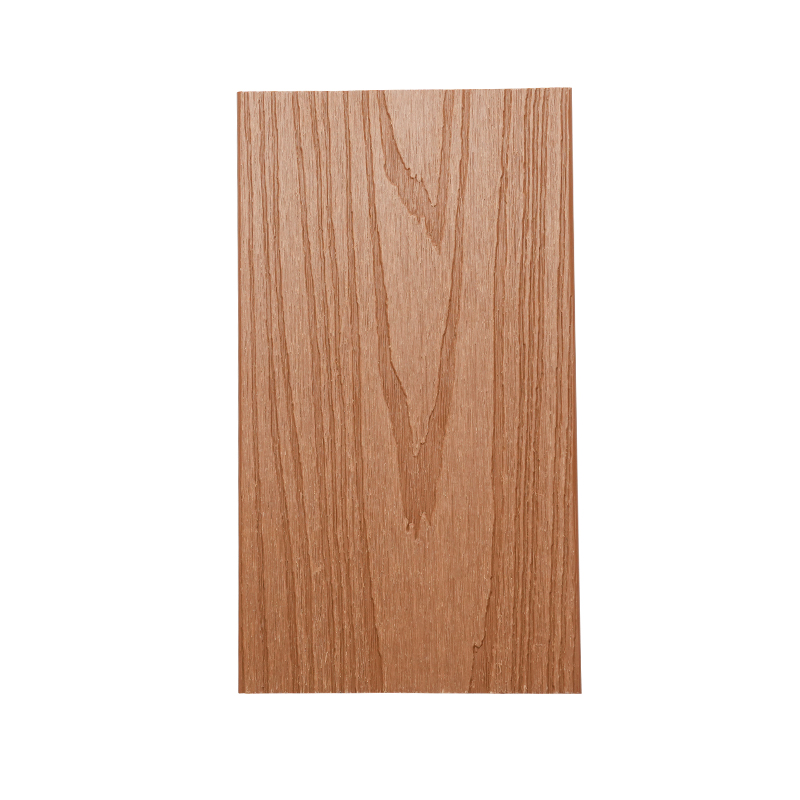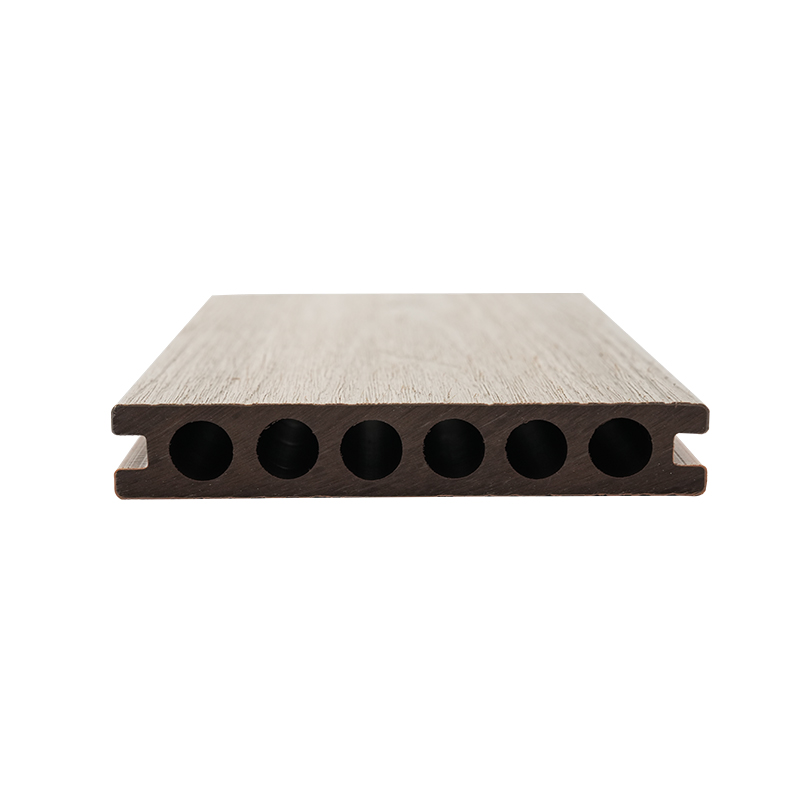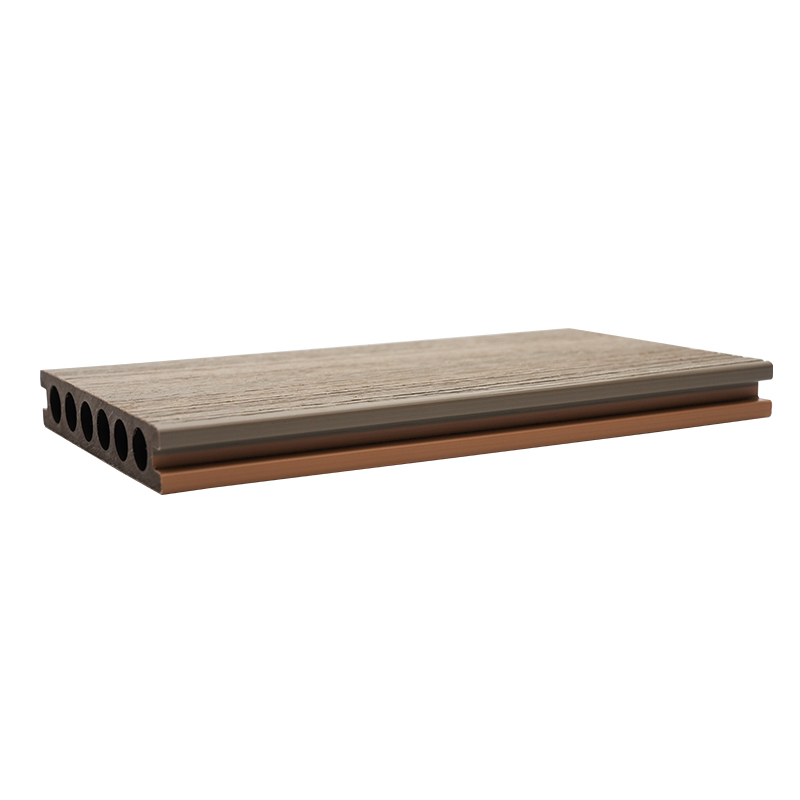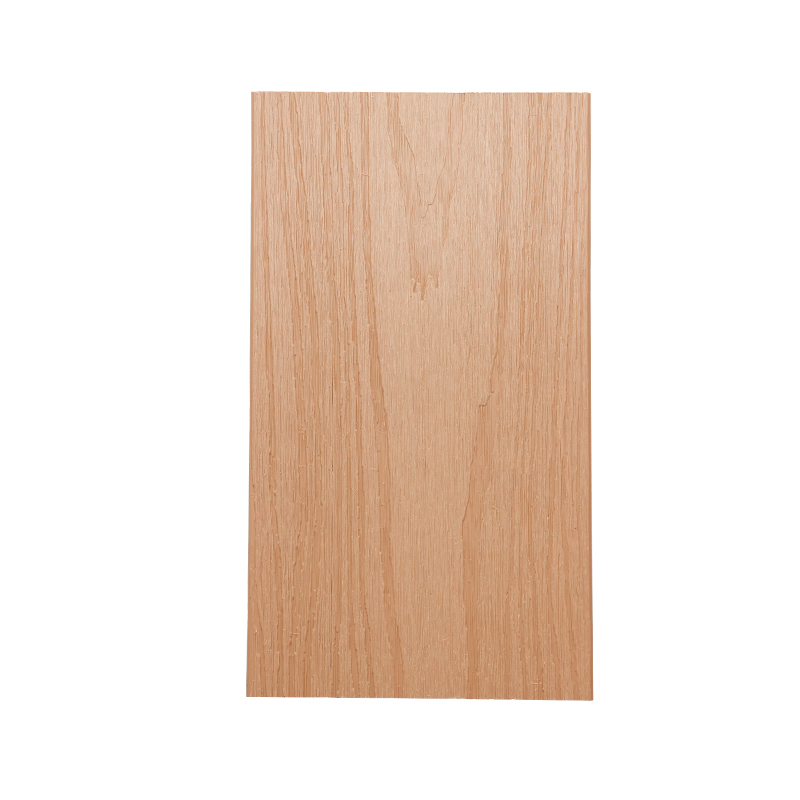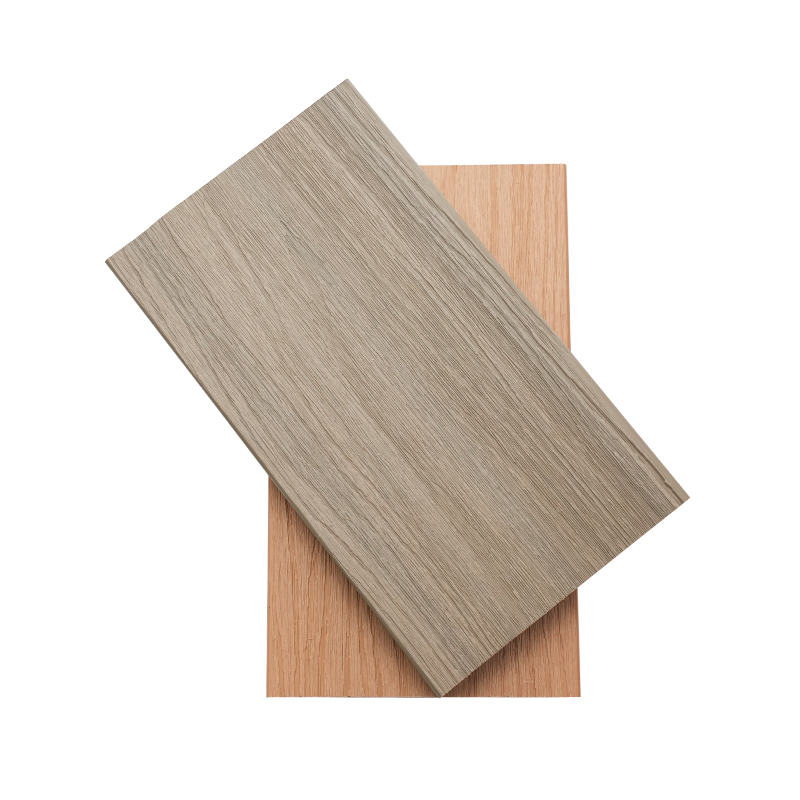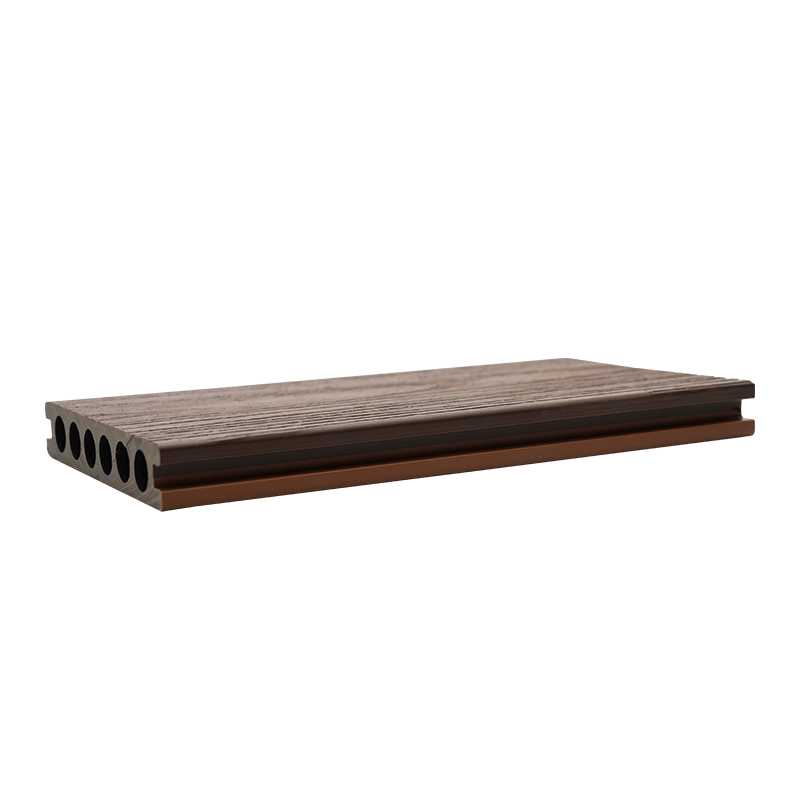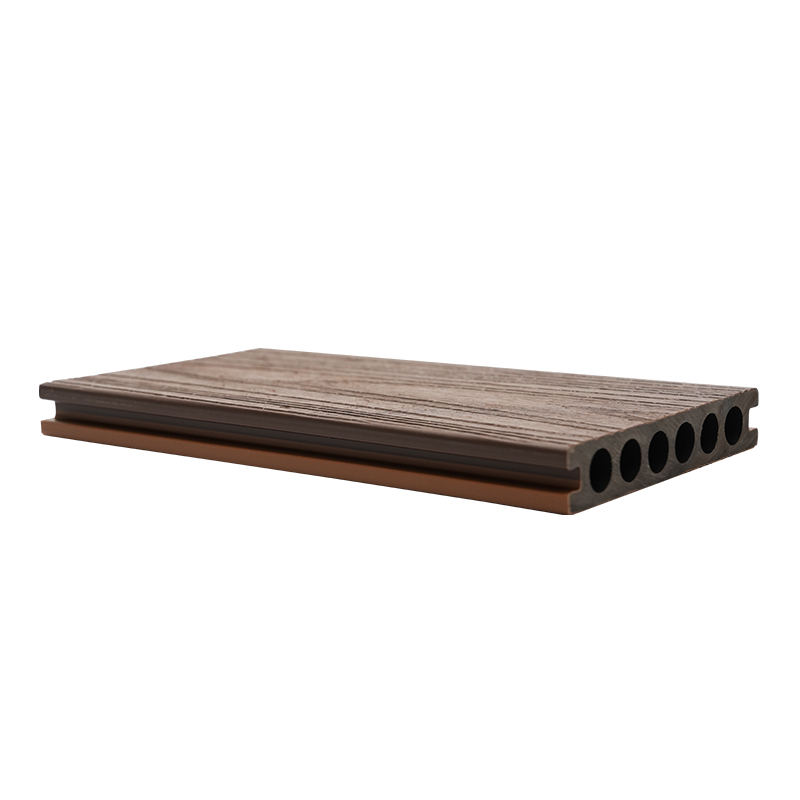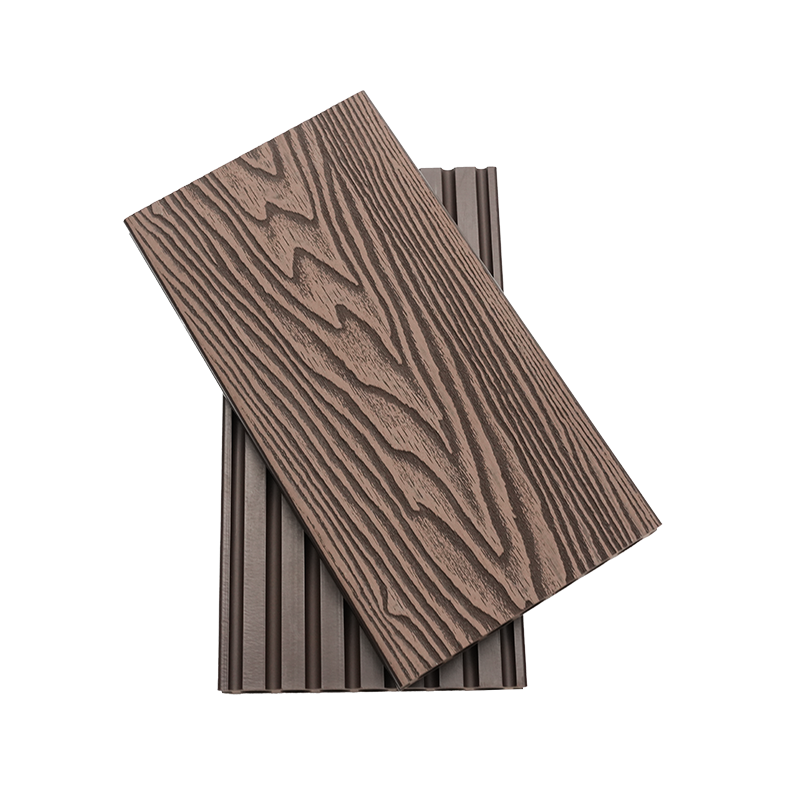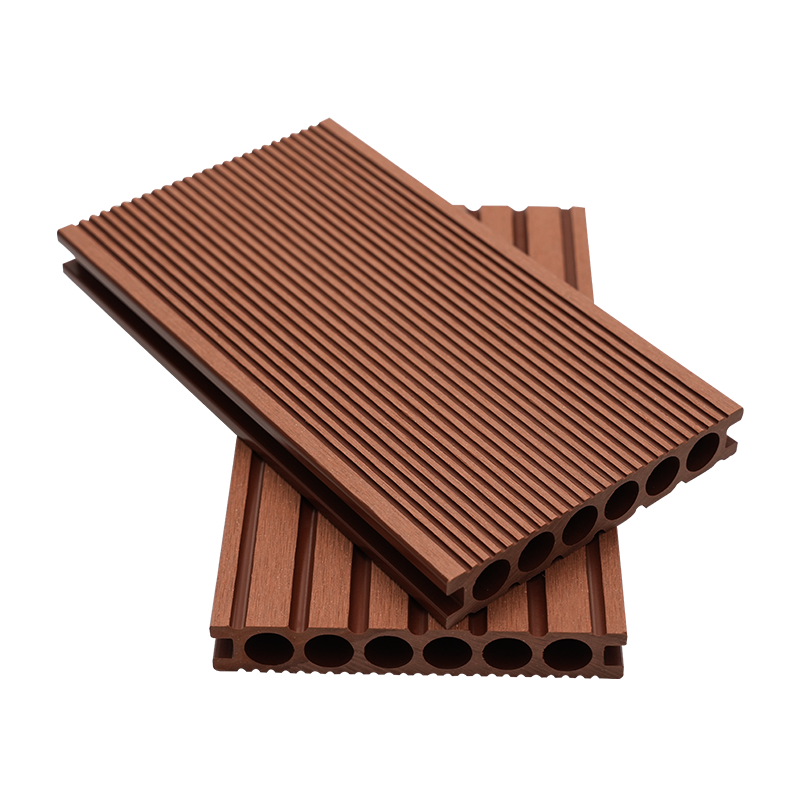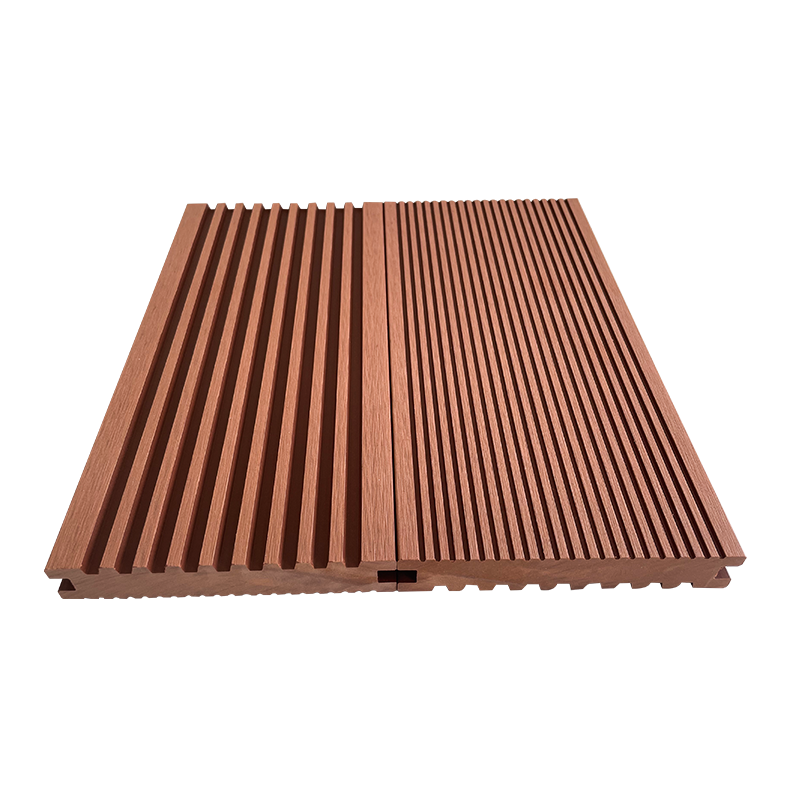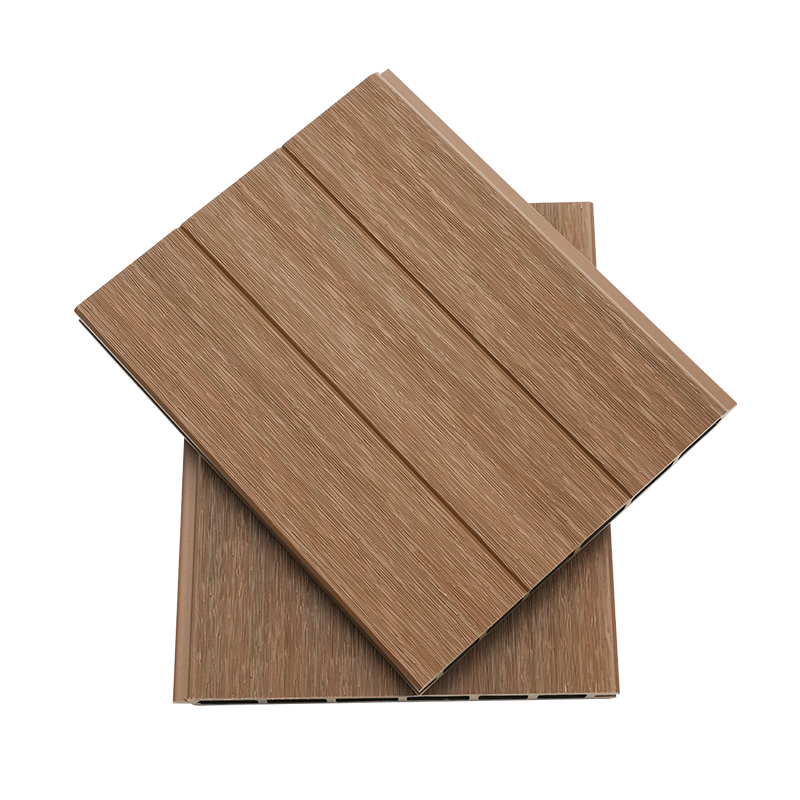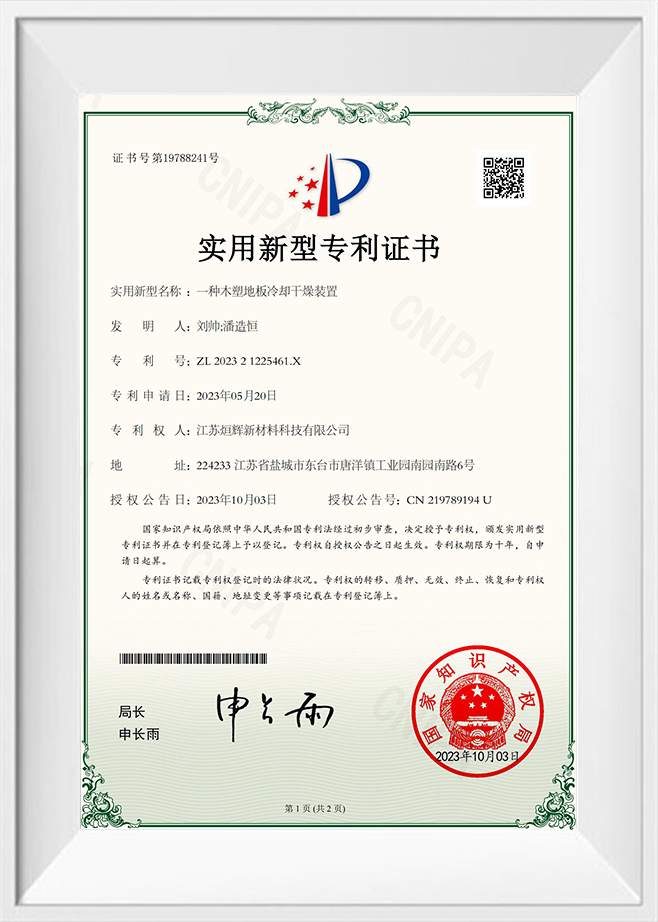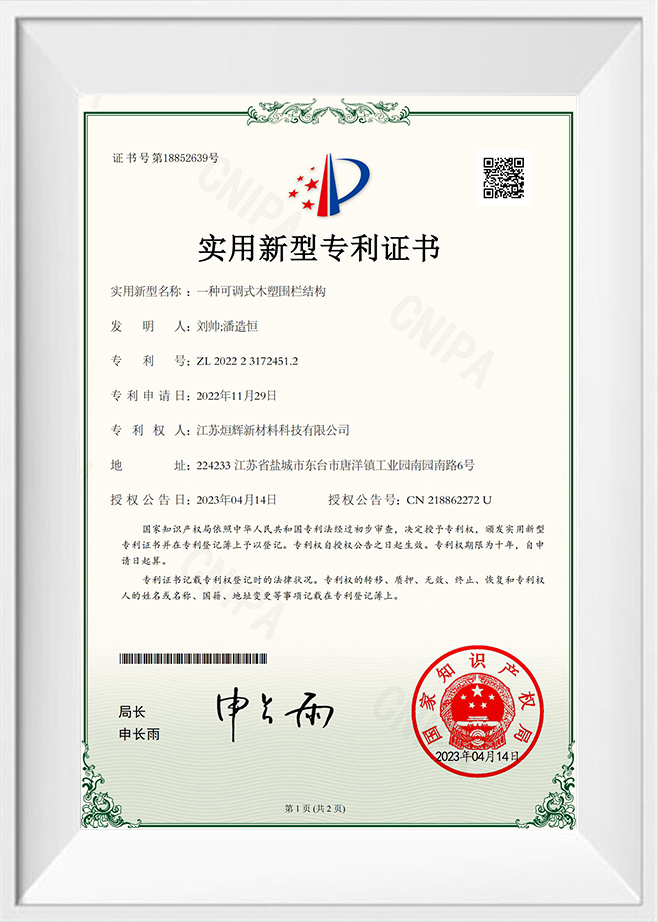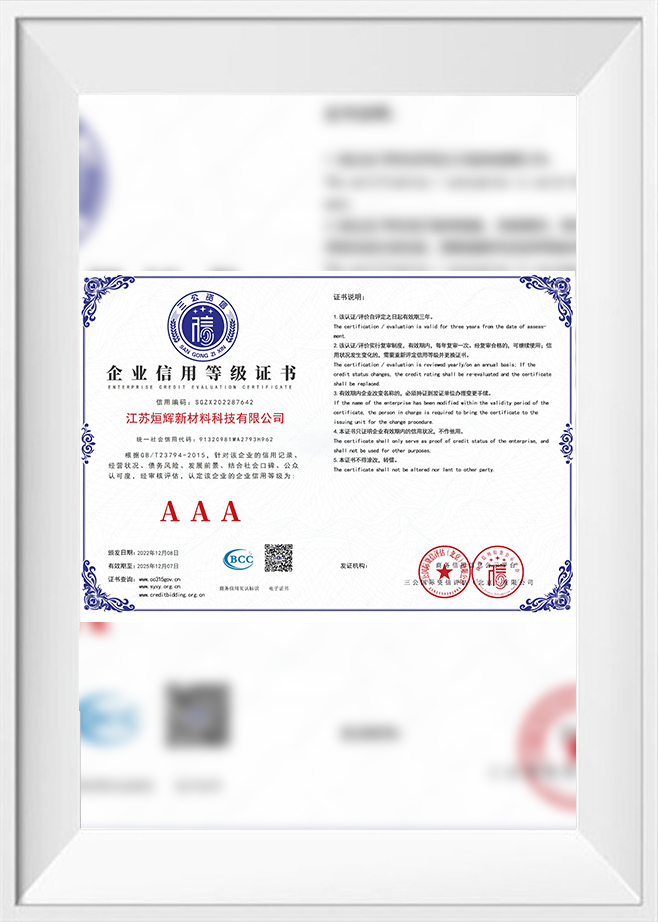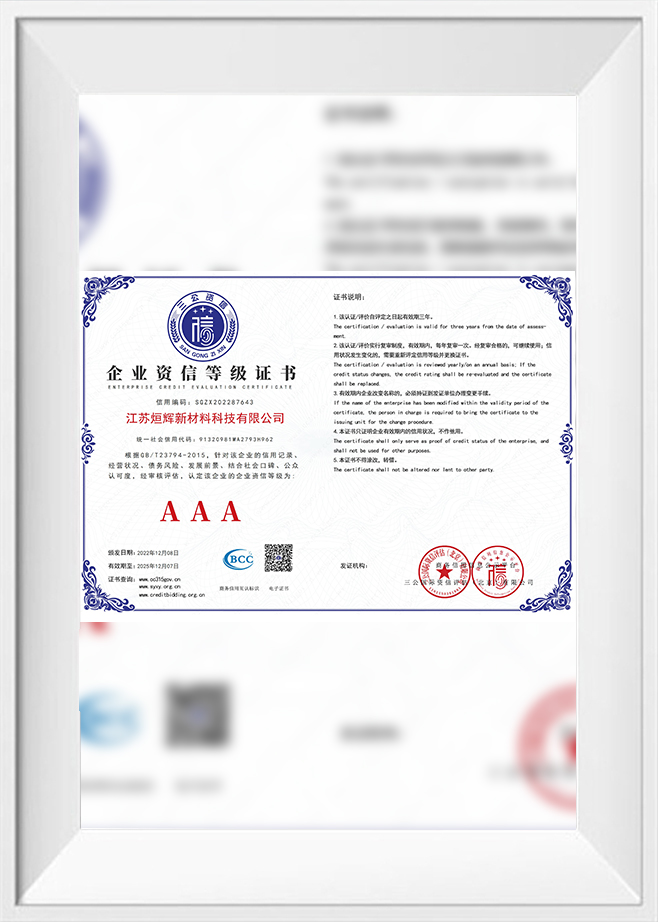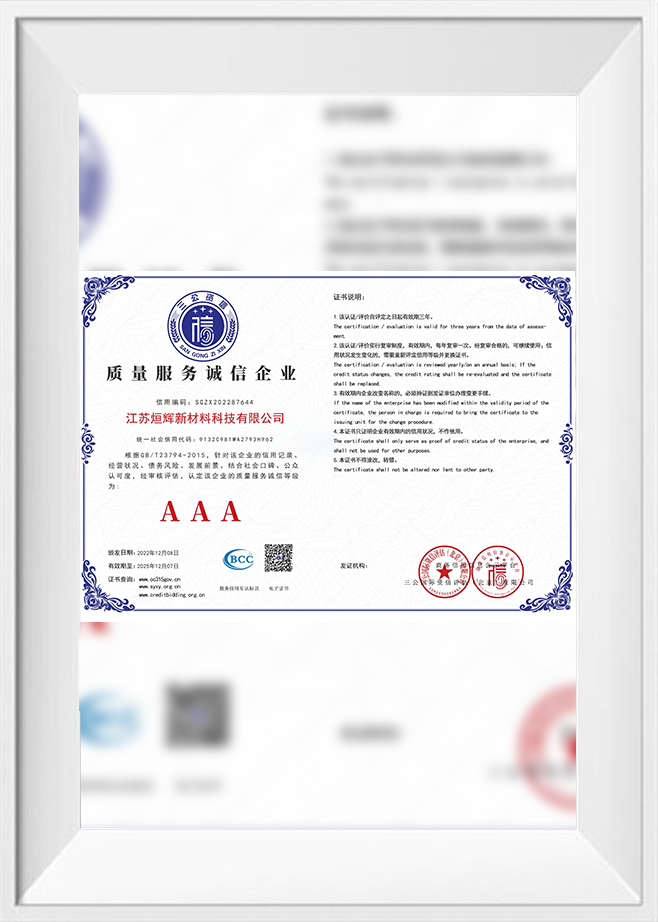Is Six-Hole Embossed Double-Sided Extruded Wood Plastic Decking the Ultimate Evolution in Composite Materials?
The quest for the perfect decking material has driven significant innovation in the composite industry. While standard wood-plastic composites addressed many limitations of traditional wood, they still faced challenges with structural integrity, thermal management, and aesthetic authenticity. Enter Six-Hole Embossed Double-Sided Extruded Wood Plastic Decking—a sophisticated engineering solution that represents a substantial leap forward. This isn’t merely an incremental improvement; it’s a multi-faceted design that tackles core performance issues from every angle. But what specific engineering principles make this decking profile so advanced, and how do its features translate into real-world benefits for homeowners and builders? This article deconstructs the science and practical advantages of this innovative material.
Deconstructing the Name: A Blueprint of Performance
The name Six-Hole Embossed Double-Sided Extruded Wood Plastic Decking is a precise description of its construction and manufacturing process, each term revealing a key feature:
- “Six-Hole”: This refers to the specific hollow-channel core structure. The number six is an engineering sweet spot, optimizing the balance between weight reduction, structural strength, and thermal performance.
- “Embossed”: This indicates that a realistic, tactile wood-grain texture is permanently pressed into the surface during manufacturing, rather than simply being printed on.
- “Double-Sided”: This is a critical differentiator. Unlike most decking that has a “good” side and a “bad” side, this material features a finished, embossed surface on both sides. This allows for creative installation patterns and provides a uniform aesthetic from any viewing angle, including from underneath the deck.
- “Extruded”: This describes the manufacturing process where a blend of wood flour and thermoplastic polymers is heated and forced through a shaped die under high pressure to create the final profile with consistent density and properties.
- “Wood Plastic Decking”: The core material, a composite of recycled wood fibers and plastics, combining the best properties of both.
The Engineering Science of the Six-Hole Hollow Core
The hollow core design is the structural heart of this product, offering scientifically-proven advantages over solid composite boards.
The six longitudinal channels create a series of integrated structural ribs. This design mimics the efficiency of an I-beam, placing more material at the top and bottom surfaces where bending stress is greatest. This architecture provides exceptional rigidity and load-bearing capacity, often exceeding that of a solid board of the same weight, making it resistant to sagging even under heavy loads or with wider joist spans.
The air trapped within the hollow channels acts as a natural insulator. This significantly reduces heat transfer through the deck board. As a result, the surface temperature of a six-hole deck in direct sunlight can be noticeably lower than that of a solid composite deck, enhancing comfort underfoot. Furthermore, the channels provide dedicated space for the material to expand into during temperature increases, minimizing the potential for surface buckling or deformation.
The channels serve as efficient conduits for water drainage. Any moisture that finds its way through screw holes or board ends can escape through these voids, preventing pooling and drastically reducing the risk of internal mold, mildew, and moisture-related degradation. This design promotes continuous airflow beneath the deck surface, accelerating drying times.
The Functional Superiority of Double-Sided Embossing
The double-sided embossed finish is not an aesthetic luxury; it is a major functional upgrade.
The primary advantage is unparalleled installation versatility. The deck can be installed with either side facing up. This is ideal for creating intricate patterns like herringbone or parquet, which require flipping alternate boards. It also allows for reversible installation, effectively doubling the deck’s lifespan; if the top side becomes heavily worn over decades, the board can be flipped to reveal a pristine, identical surface underneath.
A deck is often viewed from multiple angles—from the house, the yard, and even from below if raised. A single-sided deck reveals an unfinished, often streaky or rough underside when viewed from below. Six-Hole Embossed Double-Sided Extruded Wood Plastic Decking provides a completely finished look from every perspective, making it perfect for elevated decks, balconies, and boardwalks where the underside might be visible.
The embossing process creates a deep, realistic texture that significantly enhances slip resistance. The microscopic peaks and valleys of the grain pattern provide superior traction, especially when the deck is wet, addressing a major safety concern around pools and patios.
Performance Comparison and Long-Term Value
When evaluated against other decking options, the advantages of this advanced profile become clear.
While the initial cost may be higher than basic composites, the long-term value proposition is strong. The potential to double the service life by flipping the boards, combined with minimal maintenance requirements (no sanding, staining, or sealing), results in significantly lower lifetime costs compared to wood and even some other composites.
The use of recycled wood and plastic content contributes to a lower environmental footprint. The enhanced durability and longevity mean the deck won’t need to be replaced as frequently, further reducing its overall environmental impact.
Installation Considerations for Optimal Performance
To maximize the benefits of this engineered product, proper installation is crucial. It must be installed on a level and properly spaced joist system to fully support the structural ribs. Professional installers recommend using hidden clip fastening systems designed for capped composite decking. These clips allow for the necessary expansion and contraction while keeping the surface free of visible screws, preserving its aesthetic integrity. Ensuring adequate ventilation and drainage around the substructure is also key to maintaining the deck’s long-term performance.
The development of such complex profiles requires advanced manufacturing capabilities and a deep understanding of material science. In regions with strong manufacturing expertise, such as Jiangsu, China, companies like Jiangsu Xuanhui New Material Technology Co., Ltd. have been instrumental in pushing the boundaries of extrusion technology. Their research into polymer blends and precision die design has enabled the production of highly engineered profiles like six-hole double-sided decking that meet rigorous international performance standards for durability, safety, and aesthetics.
Conclusion: The Pinnacle of Composite Decking Engineering
Six-Hole Embossed Double-Sided Extruded Wood Plastic Decking is arguably one of the most sophisticated expressions of composite decking technology available. It successfully integrates multiple engineering solutions—structural efficiency through its hollow core, thermal management, enhanced safety and aesthetics through dual-sided embossing, and unparalleled versatility. It represents a ideal choice for discerning homeowners, architects, and builders who seek a premium, low-maintenance outdoor living surface that delivers exceptional performance, safety, and aesthetic flexibility for decades to come.


 English
English Español
Español عربى
عربى

